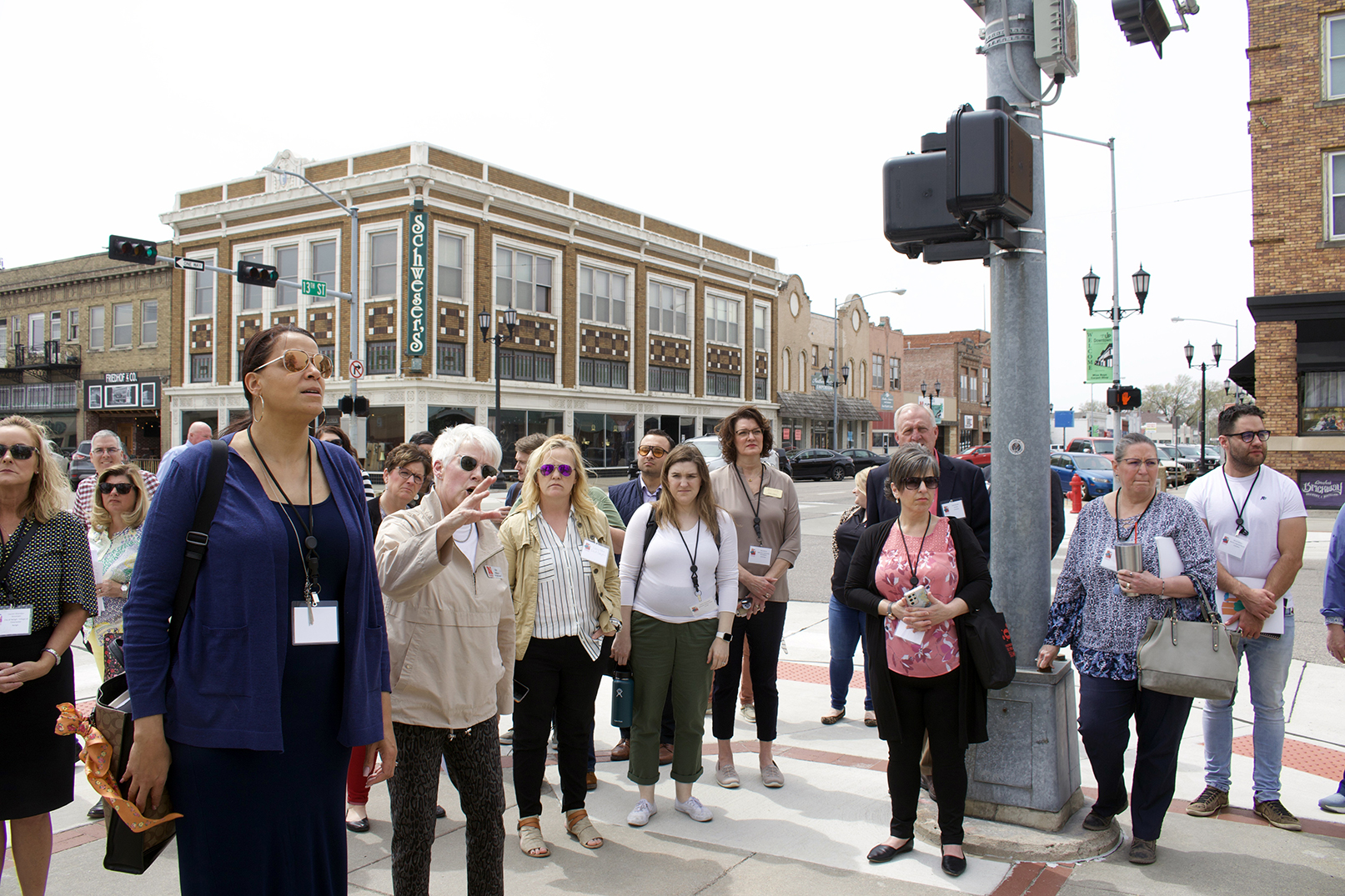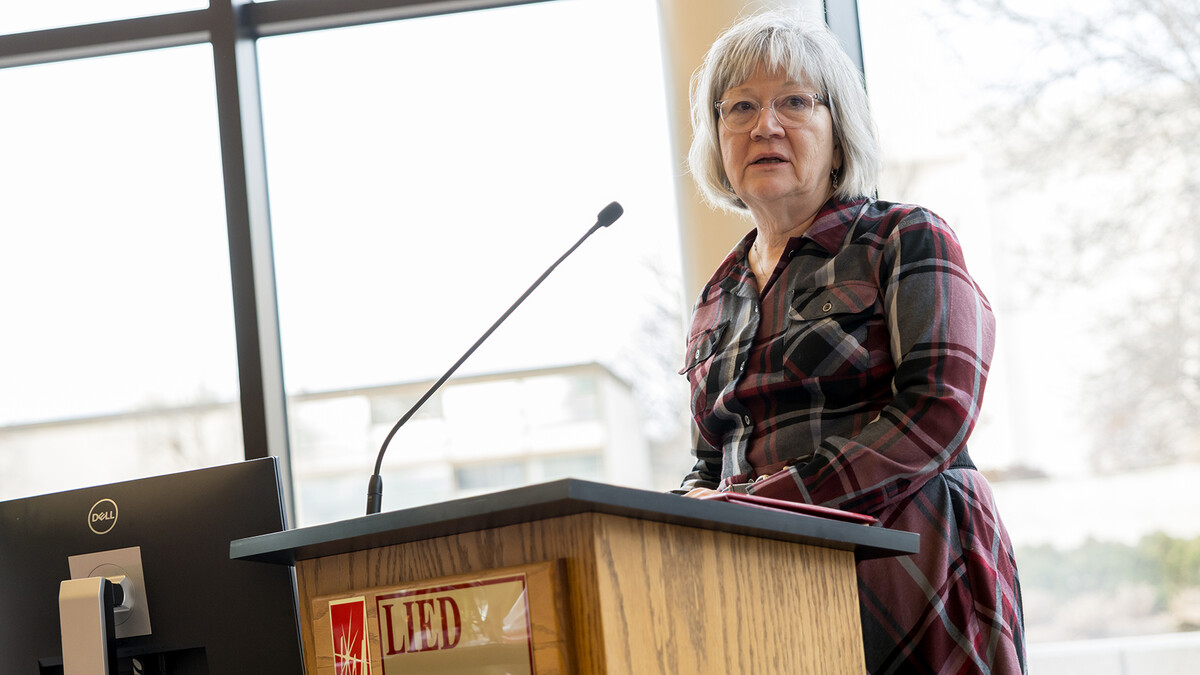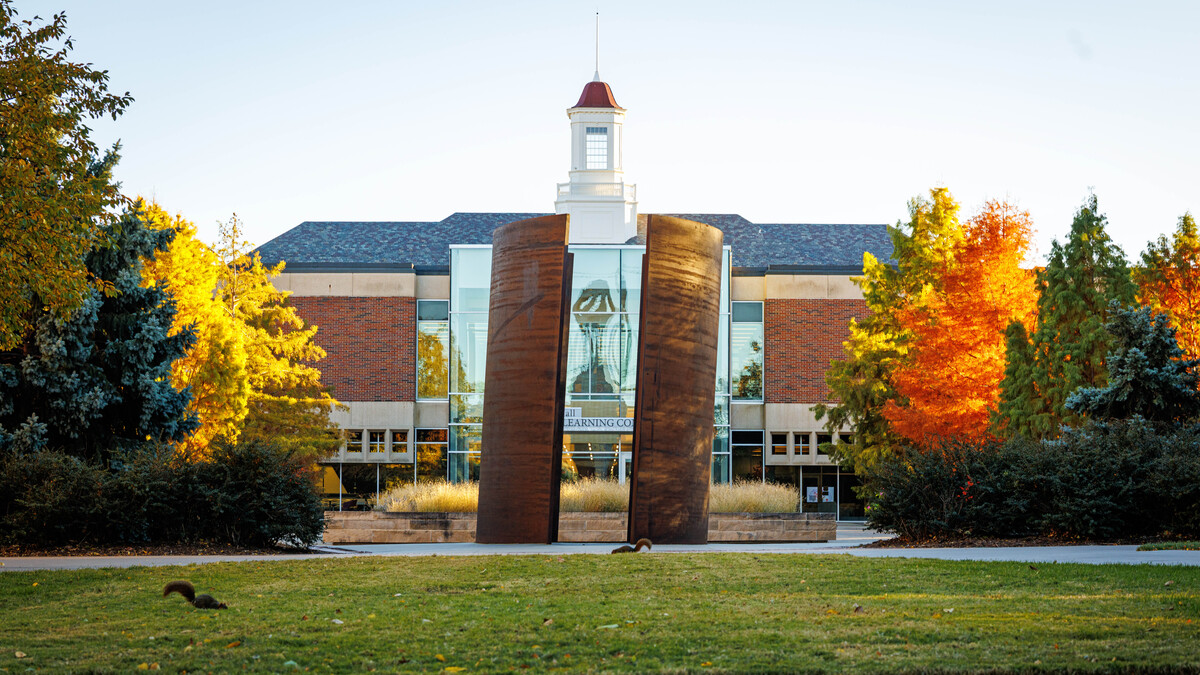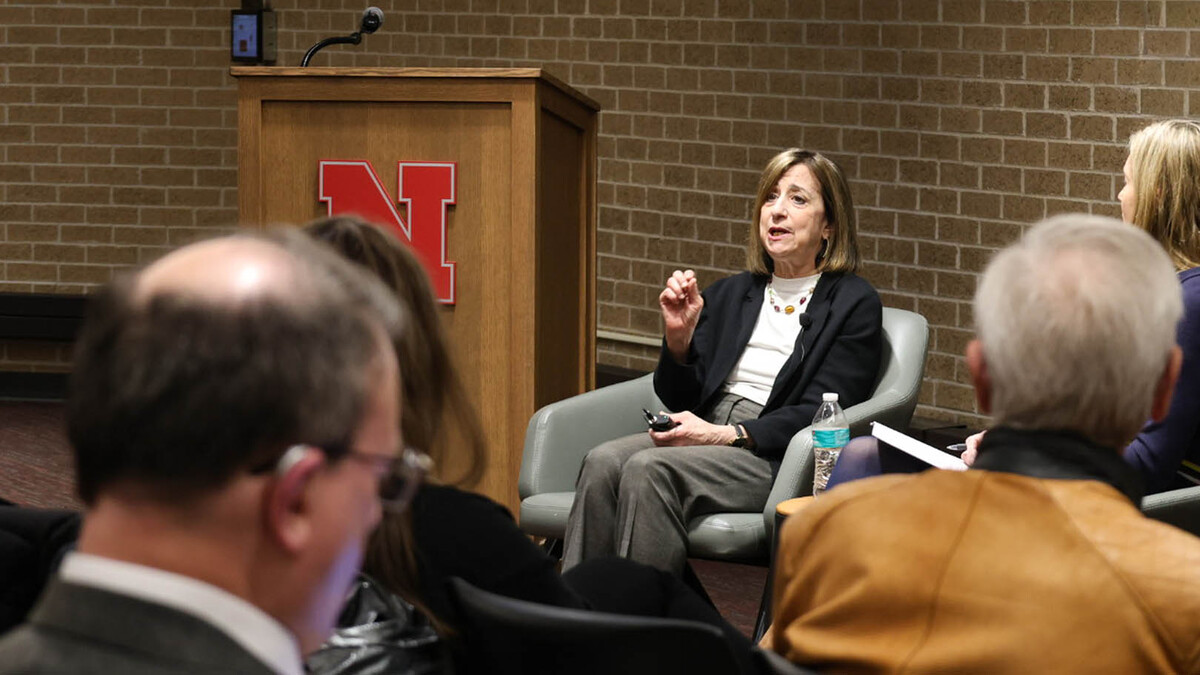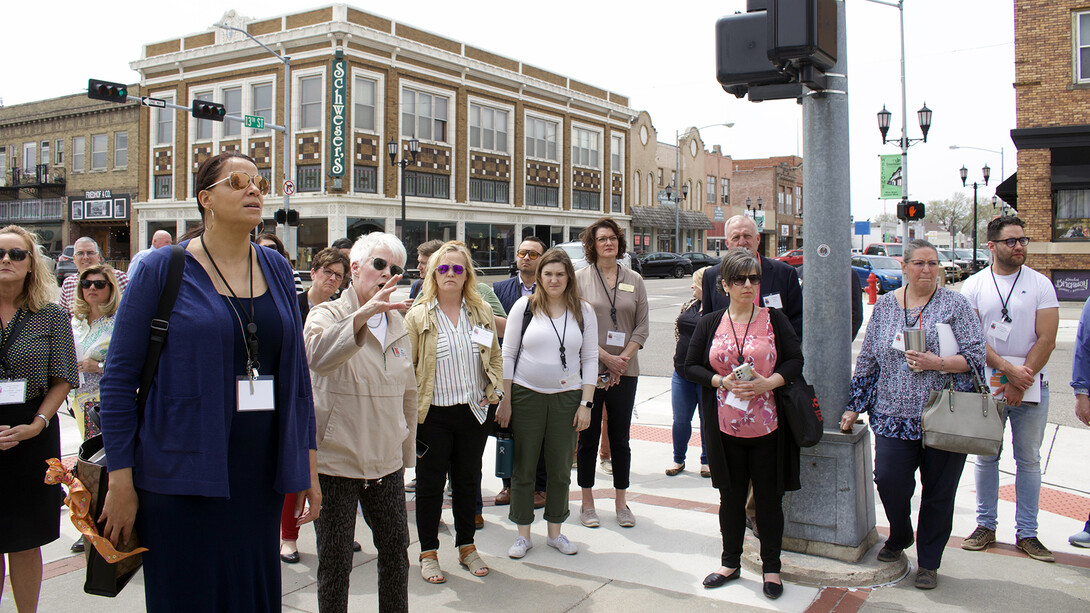
The 2022 Thriving Index indicates that most rural regions of Nebraska are thriving compared to their peers, though most also face at least some challenges.
Developed by Rural Prosperity Nebraska in conjunction with the University of Nebraska–Lincoln’s Bureau of Business Research and the College of Business and Technology at the University of Nebraska at Kearney, the report measures economic and quality-of-life statistics in eight rural regions of Nebraska. Community and regional leaders can gain insights into their region’s results via a series of upcoming webinars.
In addition to comparisons across the state, the index compares each region to other upper-Midwest areas of similar size, population, industry diversity and demographic makeup. While the index does not report on the Lincoln and Omaha metro areas, nor the entirety of the state, comparisons are made and ranked on demographics, economic opportunity, education, growth, infrastructure, quality of life, social capital and other subjects.
“The purpose of the Nebraska Thriving Index is to benchmark the economy of Nebraska regions against the economy of similarly situated Midwest regions,” said Eric Thompson, director of the Bureau of Business Research and research team lead. “Benchmarking provides insights into where Nebraska regions excel or need to improve in nearly 50 measures of economic performance.”
Pulling data primarily from federal sources such as the American Community Survey and the Quarterly Census of Employment and Wages, the index offers economic development professionals, community leaders and legislatures an overview of which rural areas of Nebraska are thriving, which have room to grow, and which economic categories need shoring up. The purpose of such data is to aid in developing strategies that build a better future for Nebraskans.
For example, compared to similar regions in Colorado, Iowa and Wyoming, the Panhandle region (Banner, Box Butte, Cheyenne, Dawes, Deuel, Garden, Kimball, Morrill, Scotts Bluff, Sheridan and Sioux counties) scored second-highest in social capital, which measures social networks and regional self-identity. However, it placed last in growth, which measures increases in employment, wages and population.
By contrast, the northeast region (Antelope, Boone, Burt, Cedar, Colfax, Cuming, Dodge, Knox, Nance, Thurston and Wayne counties) scored first in growth and last in social capital when compared to regions in Iowa.
While results for each of the eight regions vary, there are some general areas of concern. Half of the eight regions ranked fifth or lower in economic opportunity and diversity, which measures entrepreneurial activity, industry diversity, occupation diversity and share of telecommuters. Five regions ranked fourth or lower on education and skill, which measures high school, community college and four-year college attainment; labor force participation; and employment in knowledge-based occupations.
“The lower scores in education is an area where Nebraska is not doing as well as it used to,” said Mary Emery, director of Rural Prosperity Nebraska. “The business cost scores reflect, in part, the lower wages paid here relative to other areas, so we can see the role that plays in worker shortages.”
Despite the challenges, in tallying the eight categories by which regions are measured, the overall sense is that Nebraska is thriving, Emery said. Six regions ranked third or higher in social capital. Five regions ranked first or second in growth. And five ranked third or higher in quality of life, which measures the appeal of living and working in a region by accounting for such factors as commute times, age of housing stock, relative wage rates, public safety, climate amenities, and access to health care and national parks.
“I think the key takeaway is that the state has a successful economy,” Thompson said. “There is some need to improve economic competitiveness, but the general approach to economic development seems to be working.”
The results for this year’s report show data from 2022. The index was previously published in 2020 and 2019, skipping the previous two years due to the COVID-19 pandemic. Those interested can see the report in full here.
To further discuss the index’s findings and what they mean for Nebraskans, Rural Prosperity Nebraska is hosting seven 30-minute webinars dedicated to specific regions. The webinars will be organized by local Nebraska Extension educators; Thompson; and Bree Dority, associate dean and professor of finance at the University of Nebraska at Kearney. The schedule is as follows, and all interested parties are invited to attend:
North 81 region
- Madison, Pierce, Platte and Sutton counties
- May 8, 3 p.m. CDT
- Zoom link: https://unl.zoom.us/j/92623053248
Northeast region
- Antelope, Boone, Burt, Cedar, Colfax, Cuming, Dodge, Knox, Nance, Thurston and Wayne counties
- May 8, 1 p.m. CDT
- Zoom link: https://unl.zoom.us/j/91284285572
Panhandle region
- Banner, Box Butte, Cheyenne, Dawes, Deuel, Garden, Kimball, Morrill, Scotts Bluff, Sheridan and Sioux counties
- May 8, 2 p.m. CDT, 1 p.m. MDT
- Zoom link: https://unl.zoom.us/j/91503503130
Sandhills region Blaine, Boyd, Brown, Cherry, Custer, Garfield, Grant, Greeley, Holt, Hooker, Keya Paha, Loup, Rock, Thomas, Valley and Wheeler counties May 11, 11 a.m. CDT, 10 a.m. MDT Zoom link: https://unl.zoom.us/j/92447023903
Southeast region
- Butler, Fillmore, Gage, Jefferson, Johnson, Nemaha, Otoe, Pawnee, Polk, Richardson, Saline, Thayer and York counties
- May 9, 10 a.m. CDT
- Zoom link: https://unl.zoom.us/j/95045567147
Southwest region
- Arthur, Chase, Dawson, Dundy, Frontier, Furnas, Gosper, Hayes, Hitchcock, Keith, Lincoln, Logan, McPherson, Perkins and Red Willow counties
- May 9, 11 a.m. CDT, 10 a.m. MDT
- Zoom link: https://unl.zoom.us/j/93076309999
Tri-cities region
- Adams, Buffalo, Clay, Franklin, Hall, Hamilton, Harlan, Howard, Kearney, Merrick, Nuckolls, Phelps, Sherman and Webster counties
- May 10, 1 p.m. CDT
- Zoom link: https://unl.zoom.us/j/95889194193
